

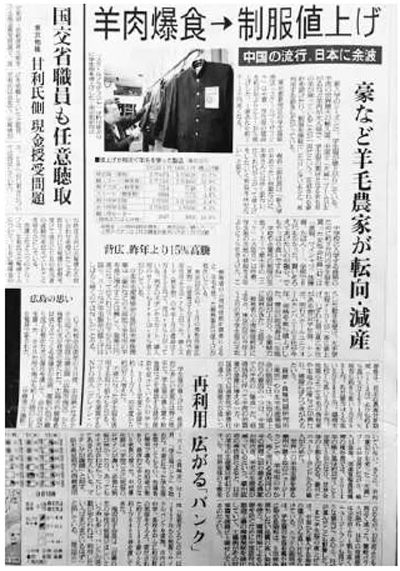
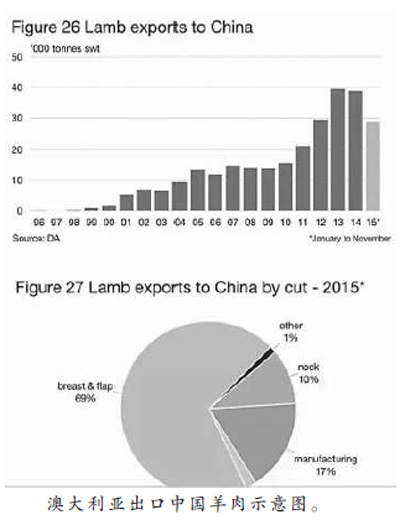
The second largest Japanese newspaper, Asahi Shimbun, reported on Sunday that due to China’s growing appetite for mutton hotpot, the price of Japanese school uniforms is rapidly rising.
Japanese media said that China’s appetite for lamb has led to an increase in the amount of sheep being exported for meat, meaning that fewer sheep are being raised for wool, a primary component of Japanese school uniforms. With the increasing demand for mutton, Asahi Shimbun said that farmers in Australia and New Zealand have had to prioritize mutton over wool, so the prices of Japanese school uniforms have increased by 3,000 yen since 2010, according to Global Times.
So, is all this true?
The 2015 Report on Meat and Livestock of Australia shows that mutton exportation has been very stable in the past two years — about 235,000 tons each year. So far in 2016, the Australian mutton yield has actually dropped 3 percent. A report about beef and lamb in New Zealand also indicates a 1.5 percent drop in exports during 2014 and 2015. China’s consumption of imported lamb also decreased in 2015, due both to the higher price of imported goods and the improved quality of domestic lamb.
This is not the first time Japanese media has made false accusations about China. The fact is that Abenomics, the economic policies of Shinzo Abe, the prime minister of Japan, are what is really to blame for the higher prices of school uniforms. Ever since the implementation of Abenomics, prices have been rising and the Japanese people have been experiencing increased hardships.
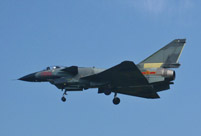 The evolution of J-10 fighter
The evolution of J-10 fighter Top 10 Asian beauties in 2016
Top 10 Asian beauties in 2016 What's happening in Xisha Islands?
What's happening in Xisha Islands? When female soldiers meet flowers
When female soldiers meet flowers North Sea Fleet conducts drill in West Pacific Ocean
North Sea Fleet conducts drill in West Pacific Ocean Old photos record the change of Sichuan over a century
Old photos record the change of Sichuan over a century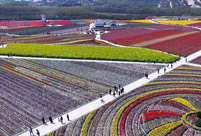 Breathtaking aerial photos of tulip blossoms in C China
Breathtaking aerial photos of tulip blossoms in C China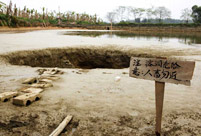 Horrific: Pit swallows 25 tons of fish overnight
Horrific: Pit swallows 25 tons of fish overnight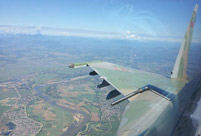 Vietnamese Su-30 fighters fly over Nanwei Island in South China Sea
Vietnamese Su-30 fighters fly over Nanwei Island in South China Sea Top 20 hottest women in the world in 2014
Top 20 hottest women in the world in 2014 Top 10 hardest languages to learn
Top 10 hardest languages to learn 10 Chinese female stars with most beautiful faces
10 Chinese female stars with most beautiful faces China’s Top 10 Unique Bridges, Highways and Roads
China’s Top 10 Unique Bridges, Highways and Roads Arson death video sparks outrage
Arson death video sparks outrage Temple turns itself into a nursing home in fast-aging China
Temple turns itself into a nursing home in fast-aging China Hong Kong Orgasmo Festival to call attention to erotic art and sex
Hong Kong Orgasmo Festival to call attention to erotic art and sex Female expats share their thoughts on violence against women following a recent attack
Female expats share their thoughts on violence against women following a recent attackDay|Week